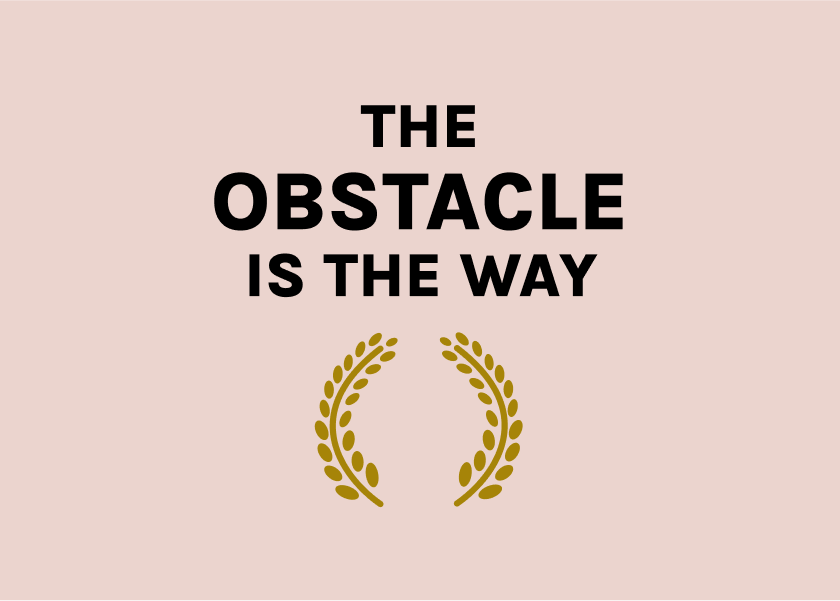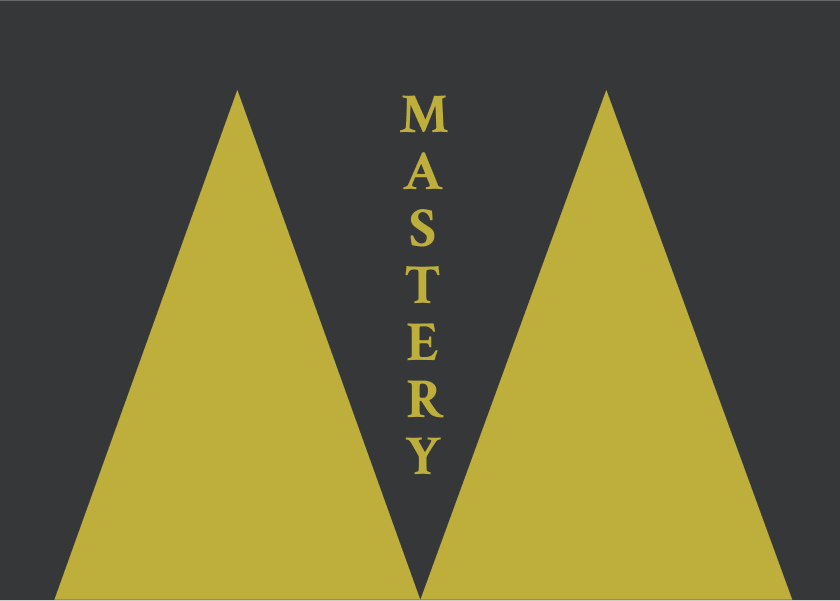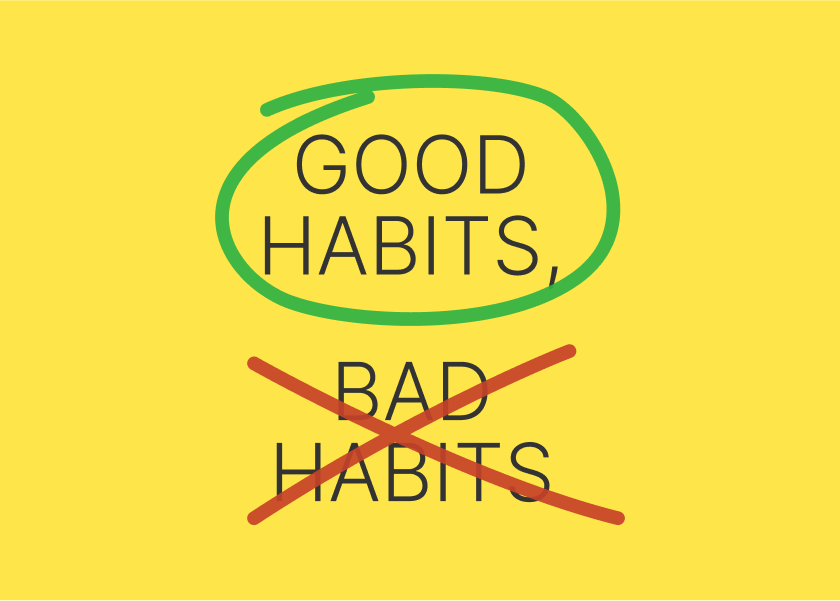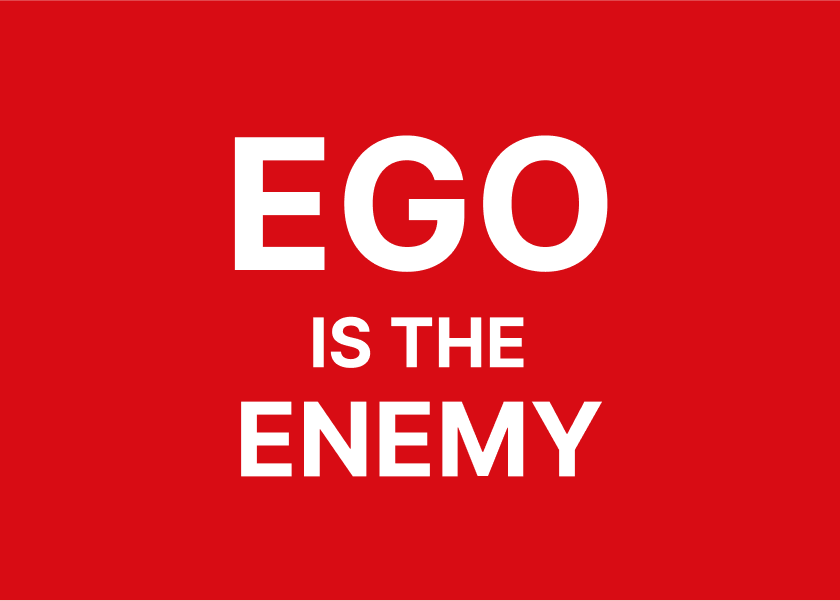The Obstacle Is the Way by Ryan Holiday - Summary
Transform trials into triumph! Inspired by Stoicism, this book unveils the timeless art of turning obstacles into your greatest advantage. Learn practical tactics to conquer adversity and find the path to a more fulfilling life.

The following is a summary and review of the book The Obstacle is the Way by Ryan Holiday.
Turning Trials into Triumph
Are you feeling overwhelmed by the challenges life throws your way? Do obstacles seem insurmountable, blocking your path to success and fulfilment? In a world filled with uncertainty and setbacks, finding a reliable guide to navigate adversity is invaluable. Ryan Holiday’s The Obstacle Is the Way: The Timeless Art of Turning Trials into Triumph offers just that. Drawing upon the wisdom of ancient Stoic philosophy and illustrated with compelling historical anecdotes, this book has resonated with a wide audience seeking practical strategies to transform difficulties into opportunities for growth. This article provides a comprehensive summary of the book's key concepts, offering a detailed overview that can save you time while highlighting the actionable insights within.
Table of Contents
- About the Author
- Who Should Read This Book?
- Key Insights and Themes
- Detailed Summary
- Review
- Actionable Takeaways
- FAQs
- Conclusion
About the Author
Ryan Holiday is presented as an author who adeptly brings philosophy out of the academic sphere and applies it to everyday life. He is recognised for his ability to help individuals approach problems with equanimity and poise. The book, The Obstacle Is the Way, is described as a testament to his skill in distilling timeless wisdom into practical guidance. Holiday is also noted for having been inspired by Marcus Aurelius and the concepts of Stoicism.
Who Should Read This Book?
The Obstacle Is the Way is a book for anyone who faces challenges, big or small, in their personal or professional life. According to the praise for the book, it is a "user's manual for life" that helps anyone approaching any problem. It is recommended for "future and current leaders", individuals seeking "self-mastery", and those who want to learn how to deal with life's adversities and turn negatives into positives. Whether you are an entrepreneur navigating the complexities of business, an athlete striving for peak performance, or simply someone looking to cultivate resilience and inner strength in the face of daily frustrations, this book offers valuable perspectives and tools. The examples and principles discussed are applicable across various domains, making it a relevant read for a broad audience seeking to thrive despite obstacles.
Key Insights and Themes
The core message of The Obstacle Is the Way revolves around the idea that obstacles are not impediments but rather opportunities for learning, growth, and ultimately, triumph. The book, inspired by Stoicism, is structured around three key disciplines:
- Perception: How we view and interpret the obstacles we face is crucial. The book emphasises the importance of practicing objectivity, controlling our emotions, altering our perspective, and focusing on what we can control.
- Action: Our response to obstacles determines their impact. The book advocates for disciplined action, persistence, following a process, and focusing on doing our job right.
- Will: Inner strength and resilience are essential for overcoming adversity. The book explores themes of building inner fortitude, practicing amor fati (loving what happens), meditating on our mortality, and preparing to start again.
A central theme is that our attitude and approach to obstacles are more significant than the obstacles themselves. By learning to see challenges clearly, take deliberate action, and cultivate unwavering inner strength, we can transform seemingly negative situations into pathways for success.
Detailed Summary
The book is divided into three parts, each exploring one of the core disciplines: Perception, Action, and Will.
Part I: Perception
This section focuses on how we think about and interpret the obstacles we encounter.
- The Discipline of Perception: This introduces the idea that our perceptions shape our reality. The obstacle itself is neutral; it is our reaction that gives it power.
- Recognise Your Power: We have more control over our perceptions and reactions than we often believe. We can choose not to be harmed by external events.
- Steady Your Nerves: Maintaining composure and emotional control in the face of adversity is essential. Panicking leads to mistakes.
- Control Your Emotions: Our emotions can cloud our judgment and hinder effective problem-solving. We need to rule over ourselves.
- Practice Objectivity: Seeing things as they truly are, without the filter of our emotions or preconceived notions, is crucial. The phrase "This happened and it is bad" contains both an objective and a subjective element.
- Alter Your Perspective: By changing our viewpoint, we can diminish the power of the obstacle. Perspective is everything.
- Is It Up To You?: Focusing our energy on what we can control, our choices and actions, rather than external factors beyond our influence, is key.
- Live in the Present Moment: Worrying about the past or future distracts us from effectively dealing with the present obstacle. We should focus on the moment at hand.
- Think Differently: Creative problem-solving often requires challenging conventional thinking and looking for unconventional solutions.
- Finding the Opportunity: Within every obstacle lies an opportunity for growth, learning, or a new path forward. Adversity can lead to innovation.
- Prepare to Act: A clear and objective perception of the obstacle allows us to prepare for effective action.
Part II: Action
This section focuses on how we respond to obstacles once we have perceived them clearly.
- The Discipline of Action: Right action, characterised by courage, persistence, and flexibility, is the solution to our predicaments.
- Get Moving: Taking initiative and not being paralysed by fear or analysis is crucial. Tell yourself: The time has begun. Get started. Get moving.
- Practice Persistence: Perseverance in the face of setbacks is essential for eventual success. We must never get desperate, worried, or desperate.
- Iterate: Be willing to adapt, adjust your approach, and try different solutions when faced with difficulties. Great entrepreneurs never quit the game for long.
- Follow the Process: Focus on the task at hand, the steps involved, rather than being overwhelmed by the ultimate goal. The process is the prize.
- Do Your Job, Do It Right: Regardless of the apparent insignificance of a task, performing it with diligence and excellence builds character and creates opportunities.
- What's Right Is What Works: Pragmatism and effectiveness should guide our actions rather than rigid adherence to rules or tradition when facing an obstacle.
- In Praise of the Flank Attack: Sometimes, the most effective way to overcome an obstacle is not to confront it directly but to approach it from a different angle.
- Use Obstacles Against Themselves: Leverage the very nature of the obstacle to find a solution or turn it to your advantage.
- Channel Your Energy: Direct your focus and effort effectively, avoiding distraction and emotional drain. Adversity can harden you, or it can loosen you up and make you better.
- Seize the Offensive: When appropriate, take decisive action and don't be passive in the face of obstacles.
- Prepare for None of It to Work: Be mentally prepared for setbacks and the possibility that your initial efforts may not succeed.
Part III: Will
This section focuses on cultivating the inner strength and resilience needed to endure and overcome obstacles.
- The Discipline of the Will: Cultivating inner strength, fortitude, and self-control is the ultimate defence against adversity.
- Build Your Inner Citadel: Develop a strong inner self that remains resilient despite external challenges.
- Anticipation (Thinking Negatively): Paradoxically, considering potential negative outcomes can help us prepare and diminish their power .
- The Art of Acquiescence: Accepting what we cannot change and focusing on what we can influence is a form of strength.
- Practise Amor Fati: Cultivate a love for whatever happens, accepting both the good and the bad as part of life's journey.
- Perseverance: Enduring through difficulties, maintaining effort and focus despite setbacks, is crucial for ultimate triumph.
- Something Bigger Than Yourself: Connecting to a larger purpose or cause can provide strength and perspective when facing personal obstacles.
- Meditate on Your Mortality: Reflecting on the impermanence of life can help us prioritise and appreciate the present, diminishing the perceived severity of our problems.
- Prepare to Start Again: Life is a series of obstacles, and the ability to bounce back and begin anew after a setback is essential.
Review
The Obstacle Is the Way has garnered significant praise for its practical application of ancient philosophical principles to modern-day challenges. Reviewers commend Holiday for his accessible writing style and his ability to illustrate complex ideas with relatable historical examples. The book's strength lies in its clear structure, breaking down the process of overcoming adversity into tangible disciplines of perception, action, and will. It provides a refreshing alternative to purely optimistic or motivational approaches, instead advocating for a stoic acceptance of reality coupled with proactive and disciplined effort.
One potential area for critique, though not explicitly mentioned in the provided excerpts, could be the risk of oversimplification. While the book offers valuable frameworks, the nuanced nature of Stoic philosophy and the complexities of real-life obstacles might require further exploration for some readers. However, the numerous endorsements from respected figures suggest that the book effectively conveys its core message and offers practical value to a wide audience. Overall, The Obstacle Is the Way appears to be a compelling and insightful guide for anyone seeking to build resilience, navigate challenges effectively, and ultimately turn their trials into triumphs.
Actionable Takeaways
Here’s how to apply these lessons in real life:
- Cultivate Objective Perception: When faced with a challenge, take a step back and try to see the situation without emotional bias. Ask yourself: What are the facts? What can I control?
- Practice Emotional Regulation: Recognise your initial emotional response to an obstacle, but don't let it dictate your actions. Take a moment to steady your nerves and control your emotions.
- Shift Your Perspective: If you feel stuck, try looking at the problem from a different angle. Ask: What opportunities might this obstacle present? How can I reframe this situation?
- Take Disciplined Action: Once you have a clear perception, focus on taking deliberate and persistent steps towards a solution. Break down large obstacles into smaller, manageable tasks.
- Embrace the Process: Focus on the effort and the steps involved in overcoming the obstacle, rather than solely on the outcome. Find satisfaction in doing your job right, no matter how small it seems.
- Be Persistent and Adaptable: Don't give up easily. If your initial approach isn't working, be willing to iterate, try new strategies, and learn from your mistakes.
- Build Inner Strength: Cultivate your inner resilience through self-awareness, discipline, and a connection to something larger than yourself.
- Practise Amor Fati: Try to accept and even appreciate the challenges you face as part of life's journey. Understand that obstacles can make you stronger.
- Prepare for Setbacks: Understand that not every effort will succeed. Be prepared to start again and view failures as learning opportunities.
FAQs
- What is "The Obstacle Is the Way" about? "The Obstacle Is the Way" is a book that uses the principles of Stoic philosophy to teach readers how to turn obstacles into opportunities for growth and success. It emphasises the importance of perception, action, and will in navigating adversity.
- Is "The Obstacle Is the Way" worth reading? Based on the praise from various influential figures, "The Obstacle Is the Way" appears to be a valuable and insightful read. It offers practical strategies for dealing with challenges and cultivating resilience, making it worthwhile for anyone seeking personal growth and the ability to thrive in the face of adversity.
Conclusion
Ryan Holiday's The Obstacle Is the Way provides a powerful and timeless framework for navigating the inevitable challenges of life. By drawing upon the wisdom of Stoicism and illustrating its principles with compelling examples, the book empowers readers to shift their perspective, take purposeful action, and cultivate the inner strength needed to transform obstacles into pathways to triumph. Whether you are facing personal struggles or professional hurdles, the lessons within this book offer a practical and enduring guide to turning adversity to your advantage. Embrace the challenge, learn from the wisdom shared, and discover that the obstacle, indeed, becomes the way.
As an Amazon Associate, ShelfHelp may earn money from qualifying purchases. Needless to say, ShelfHelp only includes affiliate links to books we recommend and think are worth your time reading.




